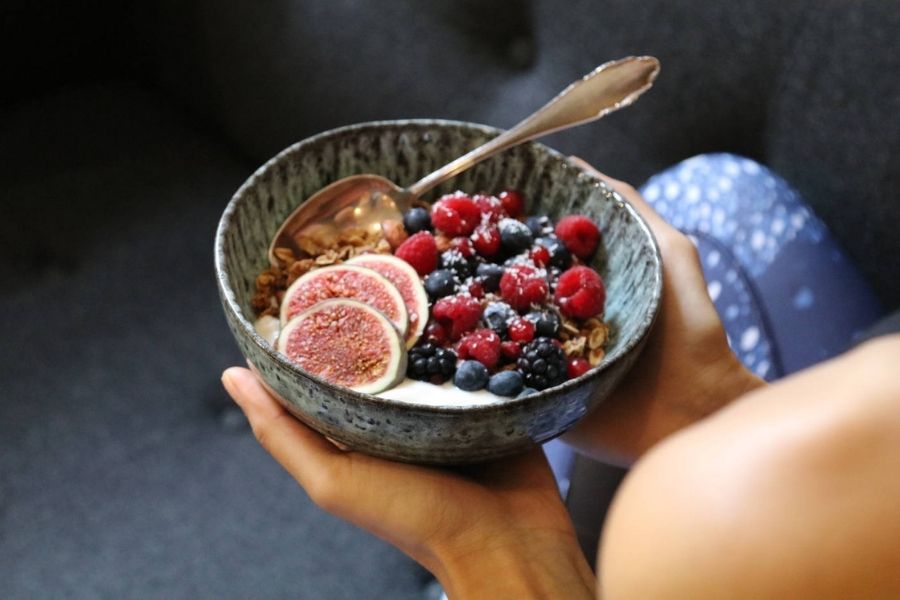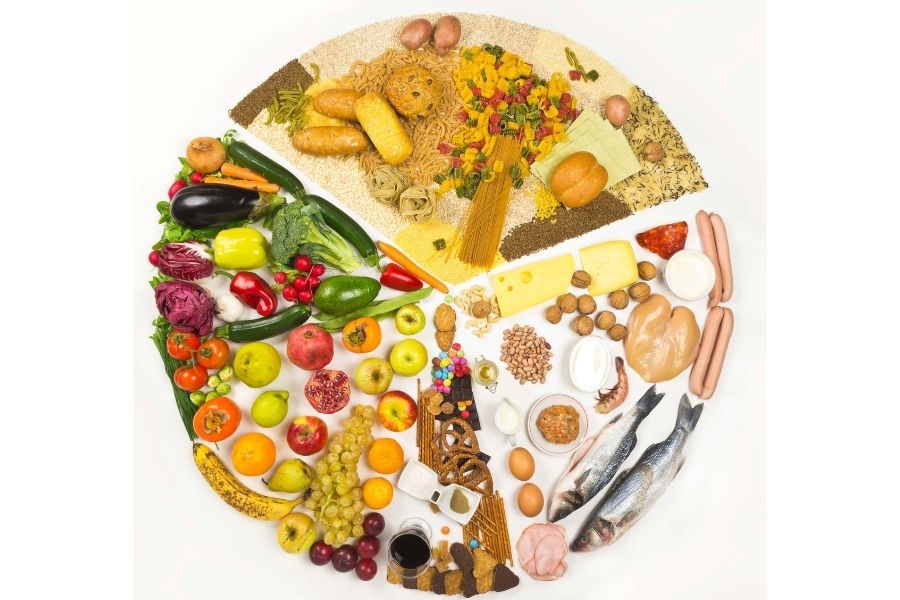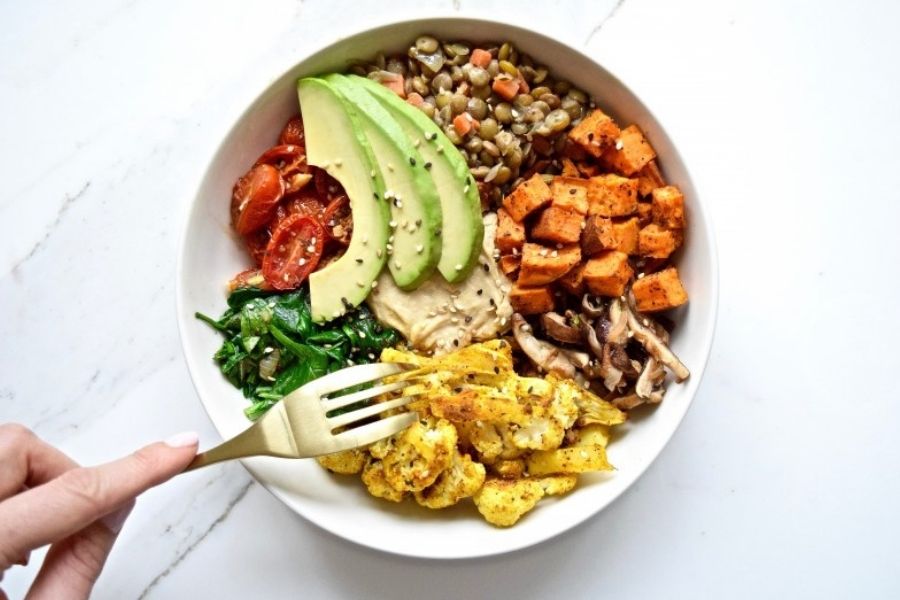Making smart decisions about the foods you consume and how you cook them is key to eating healthy. For living a healthy lifestyle, you don’t have to give up any of your favorite foods. However, certain ingredients may need to be substituted, and recipes may need to be altered. So, when someone says, “Eat Light And Have Your Future Bright,” you will have to change your food choices. To remain light and bright, you must eat properly.
God created the human body in such a way that it never becomes ill. It only becomes sick as a result of a poor and unbalanced diet. The theory of eating light to remain healthy is the foundation for achieving optimal health. If one eats well, their body will have plenty of energy, and your body will glow with well-being. On the other hand, if one’s dietary habits are poor, they will burden the body with diseases.
Basic Small Steps To Start

Change comes in small chunks. Begin with the following steps:
- Increase your intake of fruits and vegetables.
- Choose more nutritious snacks.
- Part sizes should be smaller.
- Reduce your sugar and fat intake.
- Exercise regularly.
A Guide To Living A Healthy Lifestyle

- Drink 6-7 glasses of water frequently and eat three meals a day, plus two snacks if desired.
- One cup of fruit juice can be consumed every day. Avoid drinking caffeine-containing drinks. Instead, go for drinks that have less or no caffeine.
- Restrict starch to one serving per meal. Avoid starches that quickly turn to sugar.
- Fresh fruit should be eaten in 3 to 5 portions a day. Avoid eating dry fruit very often.
- Pick two or more vegetable servings each day.
- Drink 2 to 4 servings of skim or 1% low-fat milk a day. Consume yogurt that is low in fat or fat-free.
- Instead of saturated, hydrogenated, or partly hydrogenated oils, use olive or canola oil.
- Eat fast food only once a week. Avoid the burgers, coke, and shakes.
- Do one hour of physical exercise every day.
- Purchase a scale and measure yourself about every two weeks.
- Order water instead of a sugary drink.
- Choose grilled or broiled chicken instead of breaded or fried chicken.
- Don’t eat dessert very often.
From Different Food Groups

Grains, cereals, vegetables and legumes/beans, lean meat and meat substitutes, fruit, and dairy products are all nutritious.
- Choose various colorful fruits and vegetables in your meals.
- Include as many vegetables as possible in your dishes. Fill a quarter of the plate with them.
- Choose wholegrain cereals over white types, such as wholemeal bread, multigrain bread, brown rice, oats, and quinoa. They add extra fiber to your diet.
Avoid Junk Food

Reduce food intake high in saturated fat, added salt, added sugars, and alcohol. Donuts, ice cream, lollipops, sweet drinks, chips, desserts, processed meat, deep-fries, commercial burgers, and alcohol have become more available, affordable, and appealing. However, they are not required for a balanced diet and are excessively calorie-dense. Obesity, heart disease, stroke, type 2 diabetes, and certain cancers are all increased.
- Always carry your water bottle and stay away from sweet beverages (juice, soft drinks, vitamin waters, energy drinks, and sports drinks). The juice is high in sugar but low in fiber.
- If you have to buy lunch, stay away from desserts, pastries, and deep-fried foods. Instead, order a sandwich, a wholegrain roll, or a wrap.
- For a snack, grab fresh fruit, a small tub of yogurt, or a handful of nuts. Avoid sweet cookies, popcorn, donuts, and other indulgent foods.
How Does My Plate work?

The plate is divided into four unequal parts to reflect the five major food classes. The largest portion of the plate comprises vegetables, which account for 40%, followed by grains, accounting for 30%. Fruits make up ten percent of the plate, while proteins make up twenty percent. Fruits and vegetables make up half of the plate, while proteins and grains make up the other half. In the form of a bottle (e.g., milk) or a cup, a small dairy volume is added to the diet (e.g., yogurt).
How Much To Eat?
Use the table below to determine how many servings of each food group you need each day. Consider you’ll distribute these dishes during the day.








